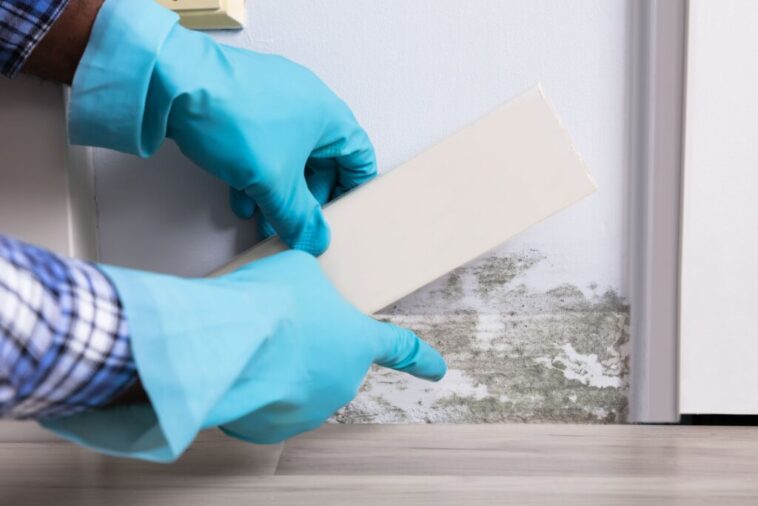Mold is a common problem that homeowners face, and it can be detrimental to your health if left untreated. Identifying mold in your home is the first step in ensuring that your living environment is safe and healthy. Here are some tips for effective testing.
1. Look for Signs of Mold
Mold is a type of fungus that can grow in damp and humid environments, and it can cause a variety of health problems if left unchecked. Identifying decay in your home is crucial for maintaining a safe and healthy living environment. The first step in identifying mustiness is to look for visible signs.
2. Musty Odor
One of the most common signs is a musty odor. If you notice a strange, earthy smell in your home, it could be a sign of mildew growth. The odor is usually strongest in areas that are prone to moisture, such as bathrooms, basements, and kitchens.
3. Visible Clusters of Spots
Mold can appear as small clusters of spots on walls, ceilings, and floors. These spots can be black, white, green, or even orange. They may also appear fuzzy or slimy. Pay close attention to areas that are often damp or humid, such as windowsills, shower curtains, and around pipes.
4. Water Damage or Stains
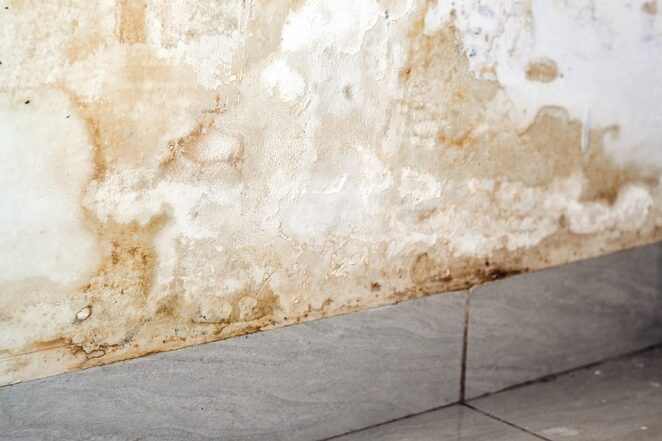
Mold often grows in areas that have suffered water damage or staining. Look for signs of water damage, such as discoloration or staining on walls and ceilings. These areas are often the perfect breeding ground.
5. Peeling or Cracking Paint
Mold can also cause paint to peel or crack. If you notice that your paint is peeling or cracking in certain areas, it could be a sign of mildew growth underneath. Be sure to inspect these areas closely.
6. Conduct a DIY Mold Test
If you suspect that there is mold in your home, you can conduct a DIY test to identify the type and concentration. DIY test kits are available in most hardware stores and online. Here are some things to consider when conducting a DIY test.
7. Types of DIY Mold Test Kits
There are several types of test kits available, including swab tests, test strip tests, and petri dish tests. Swab tests involve using a cotton swab to collect a sample, which is then sent to a lab for analysis. Test strip tests involve placing a strip of paper or plastic in an area suspected of mold growth and waiting for it to change color. Petri dish tests involve collecting a sample on a petri dish and waiting for it to grow.
8. Following the Instructions
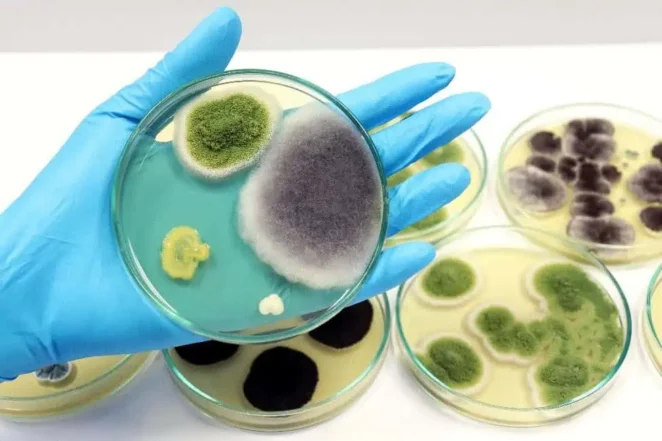
It is important to follow the instructions carefully when conducting a DIY test. Improperly collecting or handling the sample can result in inaccurate results. Be sure to use gloves and a mask to protect yourself from potential exposure to decay.
9. Sending the Sample to a Lab
After collecting the sample, it is important to send it to a lab for analysis. Many DIY mildew test kits include a pre-paid envelope for sending the sample to a lab. The lab will analyze the sample and provide a report that identifies the type and concentration of mustiness.
10. Interpretation of Results
Interpreting the results of a DIY decay test can be difficult, as there are no established guidelines for what is considered a safe level of mildew. It is best to compare the results to outdoor air samples or to samples taken from other areas of your home that are not prone to mold growth.
11. Hire a Professional Mold Inspector
If you suspect that there is mold in your home, it’s best to hire a professional inspector, such as Boca Raton mold reduction. They have specialized equipment and expertise to identify the type and extent of your home infestation, allowing for a more accurate assessment of the situation. With their experience, they can also recommend the best course of action to remediate the decay, which may include removal and prevention techniques.
12. Consider Air Testing
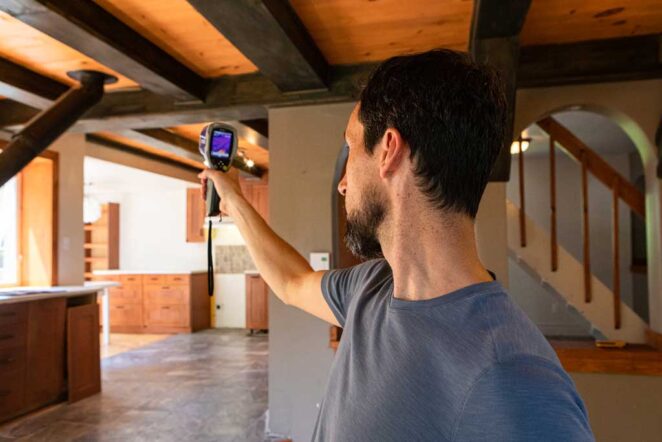
Air testing is a useful tool for identifying mustiness in your home. It involves collecting air samples from different areas of your home and sending them to a lab for analysis. The lab will analyze the samples and provide a report that identifies the type and concentration of mold in the air. Here are some things to consider when it comes to air testing.
13. When to Consider Air Testing
Air testing is particularly useful if you suspect that there is mildew in your home but are unable to locate the source. It can also be helpful if you have already remediated decay in your home and want to ensure that it has been completely removed. Additionally, air testing can be useful for individuals who have respiratory problems or allergies that may be exacerbated by mustiness.
14. How Air Testing Works
During air testing, a mold inspector will use a specialized air sampling device to collect air samples from different areas of your home. These samples are then sent to a lab for analysis. The lab will analyze the samples and provide a report that identifies the type and concentration of decay in the air.
15. Interpretation of Results
Interpreting the results of air testing can be tricky, as there are no established guidelines for what is considered a safe level in the air. Generally, it is best to compare the results to outdoor air samples or to samples taken from other areas of your home that are not prone to mildew growth.
16. The Importance of Remediation
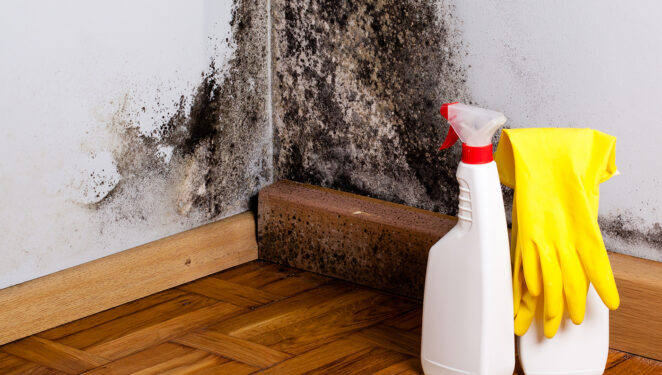
If air testing confirms the presence of decay in your home, it is important to take action and remediate the mold as soon as possible. Failure to do so can lead to further growth and potential health problems. A professional remediation company can help identify the source of the mustiness and develop a plan to remove it.
17. Monitor Your Home’s Humidity Levels
Mold thrives in moist environments, so it’s important to monitor your home’s humidity levels. Use a hygrometer to measure the humidity levels in your home, and keep it between 30-50%. Use a dehumidifier to reduce the humidity levels in areas that are prone to moisture.
Conclusion
In conclusion, identifying mold in your home is crucial for ensuring a safe and healthy living environment. Look for visible signs, conduct a DIY test, hire a professional mold inspector, consider air testing, and monitor your home’s humidity levels to effectively test for mildew. Remember, decay can have serious health implications, so it’s important to take action as soon as possible if you suspect mustiness in your home.



